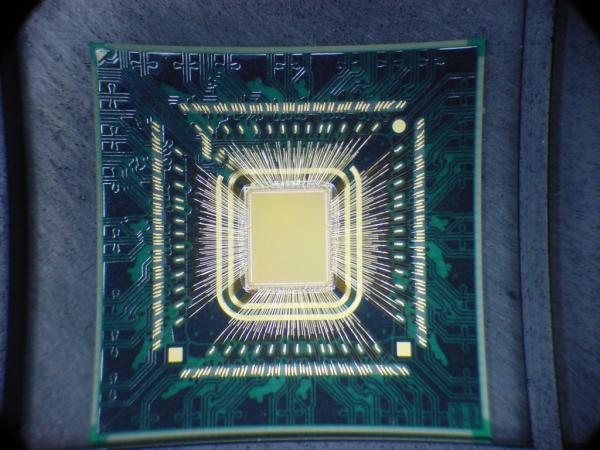Given how important chips are to modern society EVERYONE should understand and appreciate how they are made. Every field has its own set of terms, jargon, and acronyms (engineers love acronyms!). As you would expect, chip design is no different. If you are new to chip design, it might take you a few days to read through the Wikipedia entries for each one of these 200 topics. If you are interested in actually building chips, you will need to master all 200 of them. The sources for the table can be found HERE. (PR’s appreciated)
Cheers!
Andreas Olofsson is the founder of Adapteva and the creator of the Epiphany architecture and Parallella open source computing project. Follow Andreas on Twitter.
Chip Architecture
- ADC: Analog to Digital Converter
- AES: Advanced encryption standard
- Adder: Circuit to add two numbers
- ALU: Arithmetic logic unit
- Amdahl’s Law: Amdahl’s law of diminishing returns for speeding up fixed workloads
- Arbiter: Arbitrates between competing requesters
- ASIC: Application specific integrated circuit.
- Audio codec: Device/program that compresses/decompresses digital audio
- Boolean algebra: Algebra in which variables are either true or false
- BTB: Branch target buffer
- Cache: Locally storage of program and/or data for future use.
- Cache coherence: Consistency of shared data that is stored in multiple local caches.
- CAM: Content addressable memory
- CISC: Complex instruction set computing
- Coprocessor: A processor used to supplement operations of a primary (host) processor.
- CPI: Cycles per instruction
- CPU: Central processing unit
- CRC: Cyclic redundancy check
- CSA: Carry save adder
- DAC: Digital to Analog Converter
- Distributed Computing: Computer with components working towards common goal with without strict coupling.
- DLL: Delay locked loop
- DMA: Direct memory access
- DDR Double data rate
- DDS: Direct digital synthesis
- DSM: Distributed shared memory
- DSP: Digital signal processor
- ECC: Error correcting code
- Ethernet: Family of standard network technologies
- Fault Tolerance: The ability of a system to keep operating in the event of failure of one of its components.
- FRAM: Non-volatile RAM based on ferroelectric layer.
- FPGA: Field-programmable gate array is a chip that can be reprogrammed “in the field”.
- FIFO: First in first out buffer
- GPU: Integrated circuit for accelerating the creation of graphics on a display.
- DRAM: Dynamic random-access semiconductor memory
- Flash: Non-volatile semiconductor memory
- FFT: Fast fourier transform
- FPU: Floating point unit
- GPIO: IO controllale at run time
- Gray code: Binary system where successive values differ by one bit
- HBM: High bandwidth memory
- I2C: Multi-master 2 wire bus
- LAN: Local area network
- LFSR: Linear feedback shift register
For more detail: 200 chip definitions everyone should know

